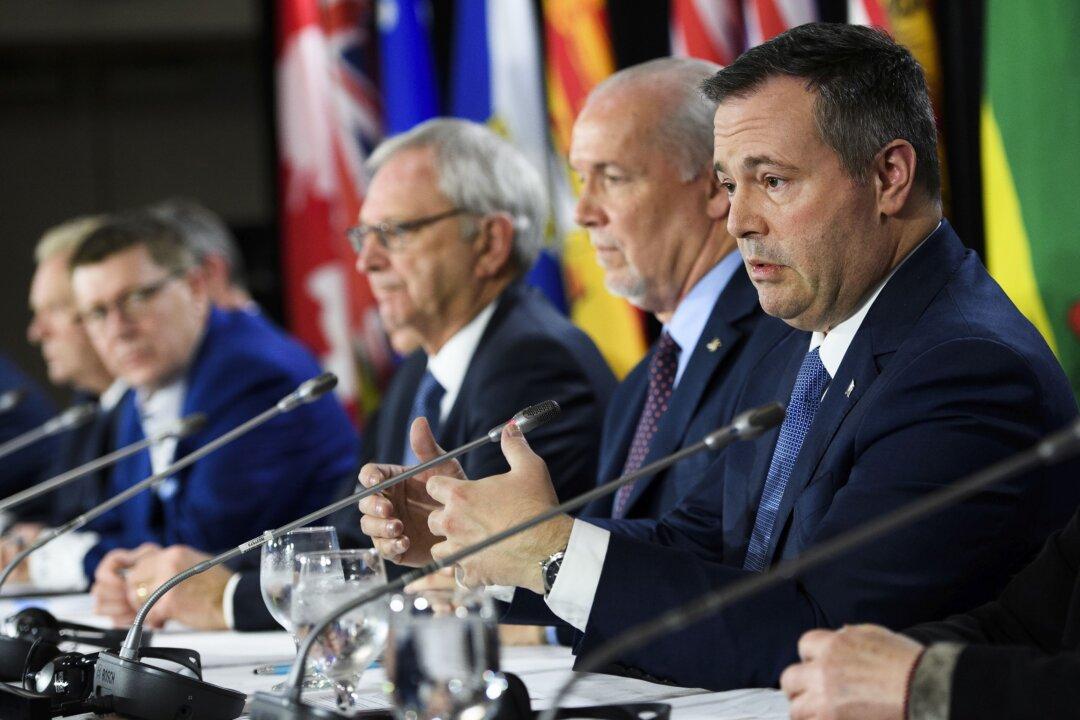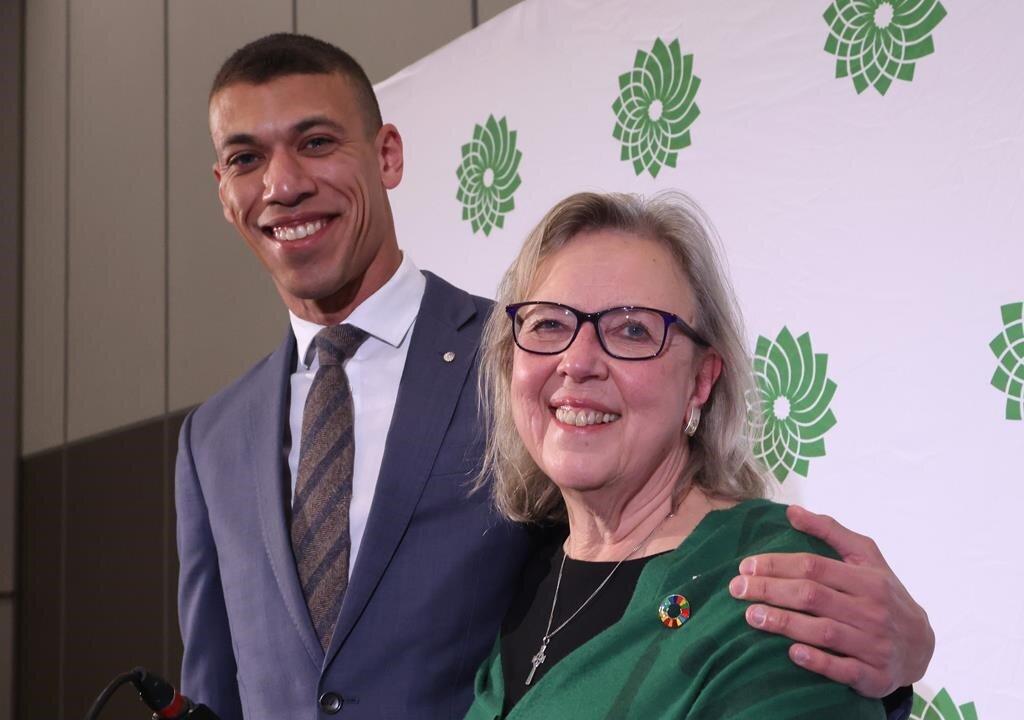A day after a taxpayer advocacy group called for provincial equalization to be phased out, Conservative leadership candidate Jean Charest pledged reforms to the program to satisfy Alberta.
As politicians converged in Calgary for the annual Stampede festival, which kicked off on July 7, Canadian Taxpayers Federation federal director Franco Terrazzano said Ottawa should wind down its long-standing program that gives tax dollars to underperforming provinces.





